The Iranian flag is a vibrant testament to the country’s rich cultural diversity and enduring fortitude. This banner, transcending mere symbolism, captures the essence of Iran’s historical journey and its aspirations for the future.
Flag of Iran
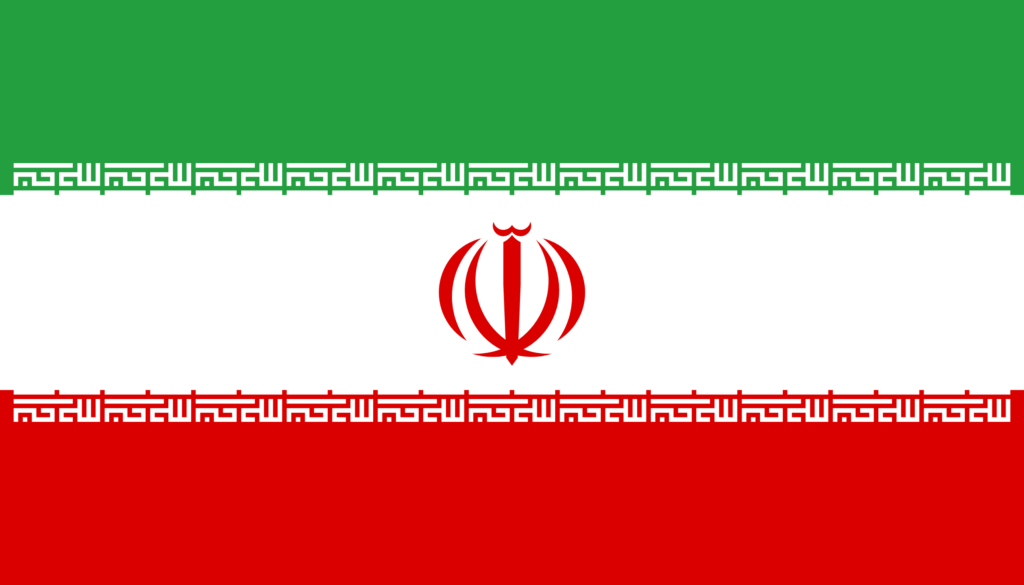
The Iranian flag displays three horizontal bands in green, white, and red, with the central white stripe featuring a stylized tulip-shaped emblem symbolizing martyrdom. The phrase “Allahu Akbar” in Arabic Kufic script is repeated 22 times along the green and red bands, reflecting Iran’s Islamic values and revolutionary history.
Flag of Iran: Color Palette
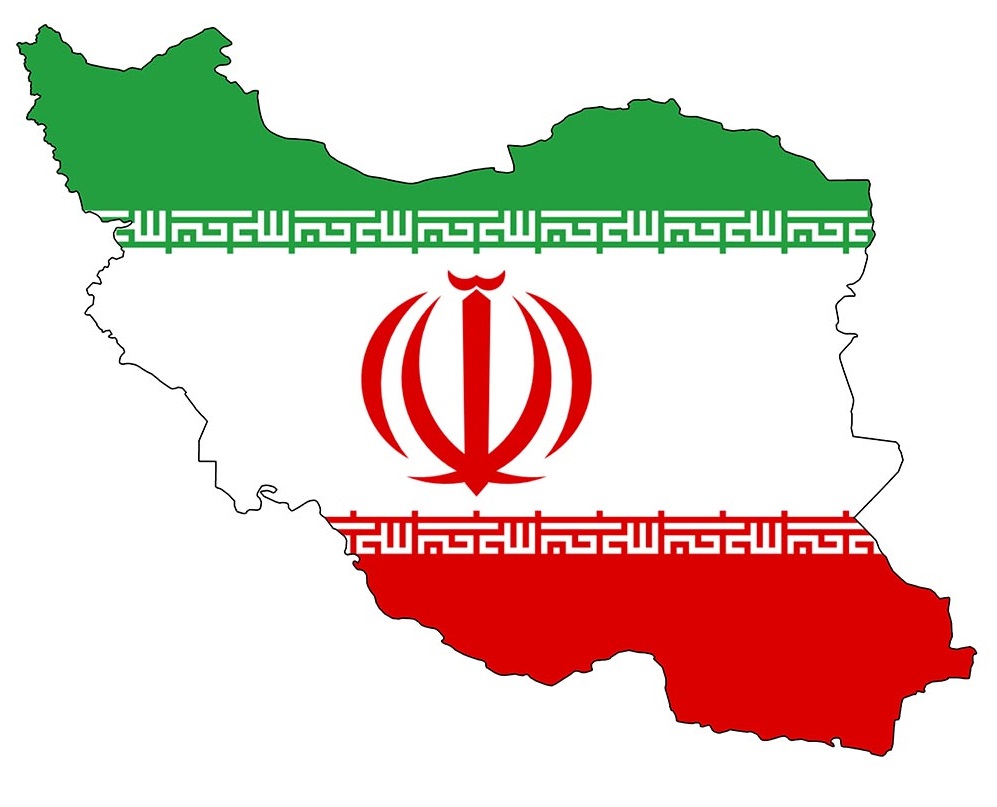
Iran Flag Emoji: 🇮🇷
The palette of the Iranian flag harmoniously blends deeply symbolic colors, each conveying unique aspects of the nation’s core principles. This selection of colors enhances the flag’s aesthetic appeal and profoundly resonates with Iran’s cultural and historical fabric.
Meaning of Each Color
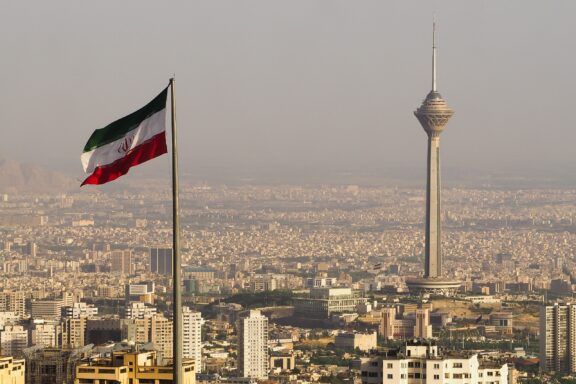
Green
The top stripe of the flag, green, has deep historical and cultural roots in Iran. Traditionally associated with Islam, green signifies growth, fertility, and the country’s dominant religion.
Beyond its religious connotations, green also represents hope for a prosperous future, and it’s rich in symbolism, being an integral part of Iranian identity and heritage.
White
The middle white stripe stands for peace and freedom, embodying the nation’s aspirations for tranquility and harmony within its borders and with its neighbors.
It also acknowledges the presence and importance of religious minorities in Iran, showcasing the nation’s commitment to inclusivity and tolerance.
Red
The bottom stripe is imbued with multiple layers of meaning. Red in the Iranian flag symbolizes courage, martyrdom, and patriotism. It reflects the bravery of those who have defended the nation and the sacrifices made throughout Iran’s history.
The red is also a powerful representation of the nation’s resilience and determination, embodying the spirit of those striving for progress and defending their homeland.
Iran’s Coat of Arms
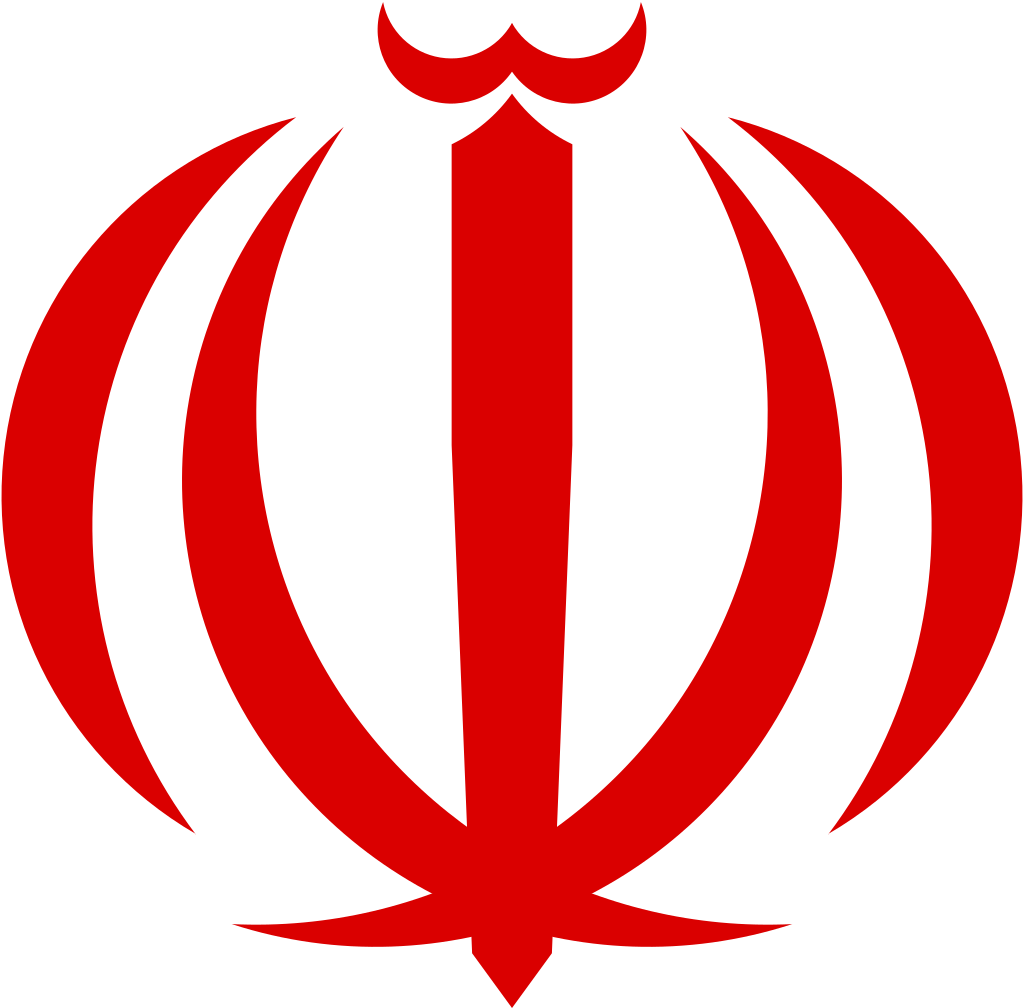
The coat of arms of Iran serves as a unifying emblem, encapsulating the country’s rich historical narrative and diverse cultural tapestry. It symbolizes Iran’s religious foundations, particularly its Islamic identity, and serves as a unifying symbol for all Iranians, transcending regional and ethnic differences.
The coat of arms represents national sovereignty and independence in the global context. It symbolizes governance and national pride in Iran, appearing on official documents and state buildings. This emblem encapsulates Iran’s resilience, cultural depth, and the collective spirit of its people.
Historical Evolution and the Meaning Behind Changes
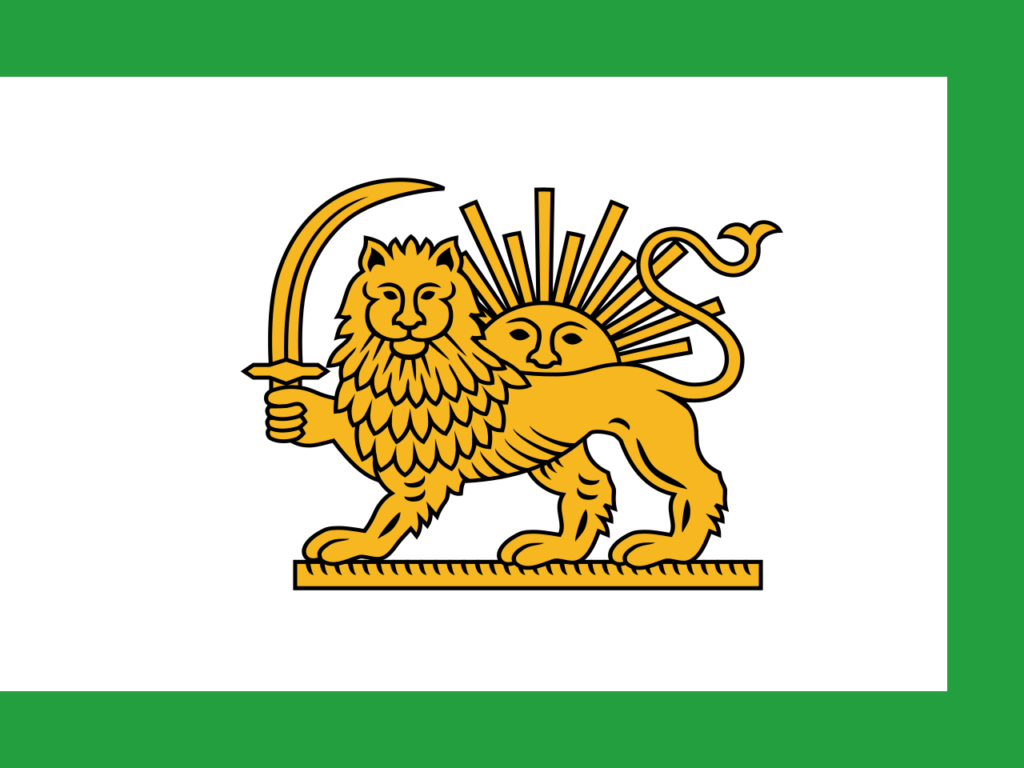
The flag of Iran has seen notable transformations reflecting the nation’s shifting political and cultural narratives. Initially, flags representing Iran bore symbols of royal power, like the Lion and Sun, denoting its imperial heritage.
A modern tricolor design was adopted around the Constitutional Revolution in 1906, aligning Iran with contemporary nation-state symbols and expressing emerging nationalistic sentiments.
Post-1979 Revolution, the flag underwent a transformative redesign, marking a new chapter in Iran’s history. The establishment of the Islamic Republic led to the removal of the monarchy-associated Lion and Sun emblem, which was replaced by a new emblem symbolizing Islamic values.
Each design evolution of Iran’s flag has mirrored significant periods in the nation’s history, from imperial rule to a constitutional monarchy and the Islamic Republic, capturing the essence of Iran’s identity and historical journey at each stage.
Overall Symbolic Meaning of the Flag
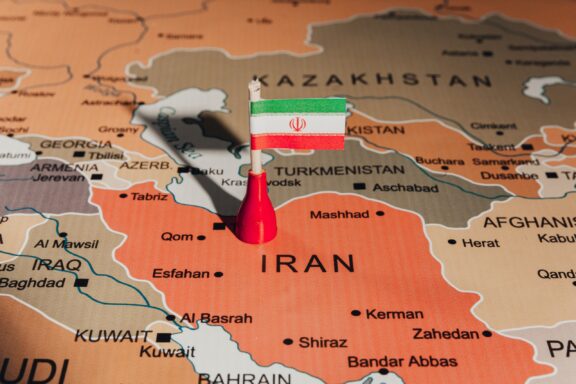
The flag of Iran symbolizes the nation’s resilience and adaptability through historical and cultural transformations. It reflects Iran’s Islamic heritage and revolutionary history, encapsulating national unity and the enduring spirit of the Iranian people. This flag represents a blend of past and present, guiding the nation’s future aspirations.
Similar Flags to the Flag of Iran
Identifying flags similar to Iran’s presents a challenge, as its unique combination of colors, symbols, and design elements makes it distinct. However, some flags share certain aspects:
Tajikistan

Tajikistan’s flag, sharing the red, white, and green color scheme, reflects a common regional heritage. While the symbolism and layout differ significantly, the color palette shows a shared cultural and regional heritage in Central Asia and the influence of Islamic symbolism in both nations.
Bulgaria
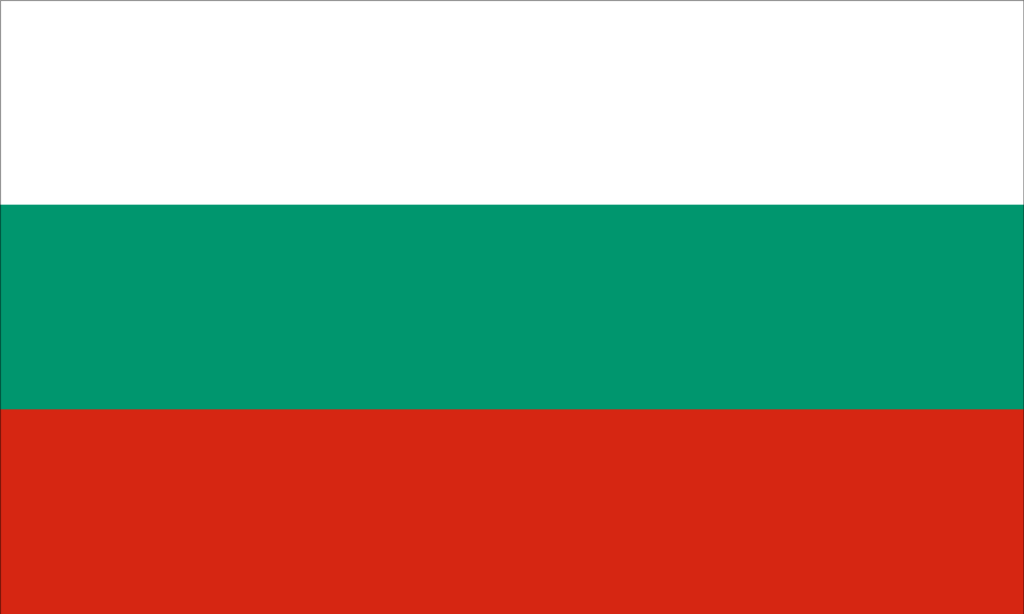
While distinct in its symbolism, Bulgaria’s flag shares a similar color scheme of white, green, and red. This resemblance highlights a commonality in flag designs, where these colors often appear due to their broad symbolic appeal across different cultures and histories.
Iraq
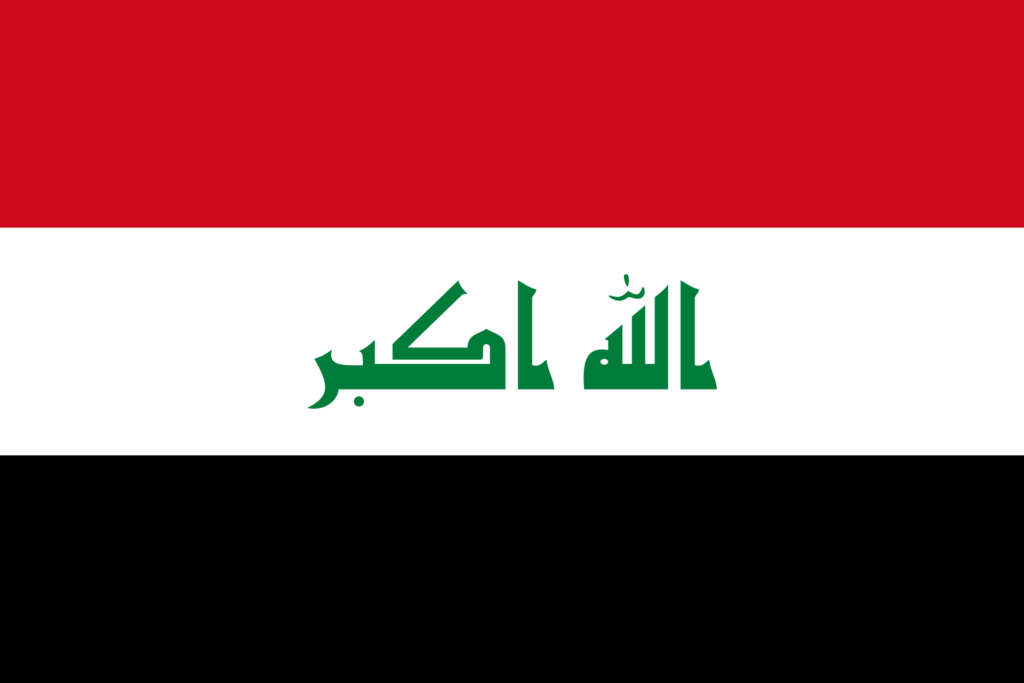
Iraq’s flag also incorporates red, white, and black, including the Takbir (“Allahu Akbar”) in green Arabic script. The similarities here arise from shared religious and cultural influences, as both nations have significant Islamic heritage and history.
Conclusion
Iran’s flag symbolizes the nation’s unique identity and heritage, resonating deeply with its citizens and standing out in the global flags community. It embodies Iran’s history, culture, and Islamic values, serving as a source of national pride and unity.
Image Sources and Copyright Information
- Iranian Flag and Tehran Skyline: © vanchai tan/Shutterstock
- Iran Map with Flag Pin: © GR.Stocks/Shutterstock